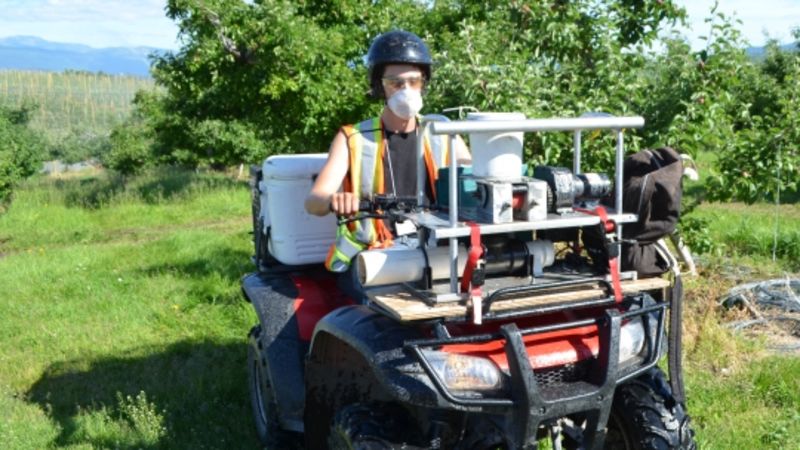
New funding formula approved for OKSIR program
VERNON, B.C. – A new funding agreement has been reached for the Okanagan Kootenay Sterile Insect Release program (OKSIR) by the four participating regional districts.
The review was initiated by the Regional District of North Okanagan, whose directors felt the region was shouldering too much of the cost compared to the benefit. In 2020, the SIR Board agreed to a one-time $20,000 reduction in the RDNO’s tax requisition while a potential change to the apportionment formula was explored.
Sterile Insect Technology (SIT) was developed in the 1930s and first applied to control screw worm pests in 1953. Described as “birth control for insects,” the technology works by pairing sterile male insects with wild female insects so that the females are unable to produce viable offspring.
Thirty years of work by scientists at the Pacific Agri-Food Research Centre in Summerland confirmed the technology was well suited to address the codling moth issue in the fruit growing areas of the Southern Interior.




